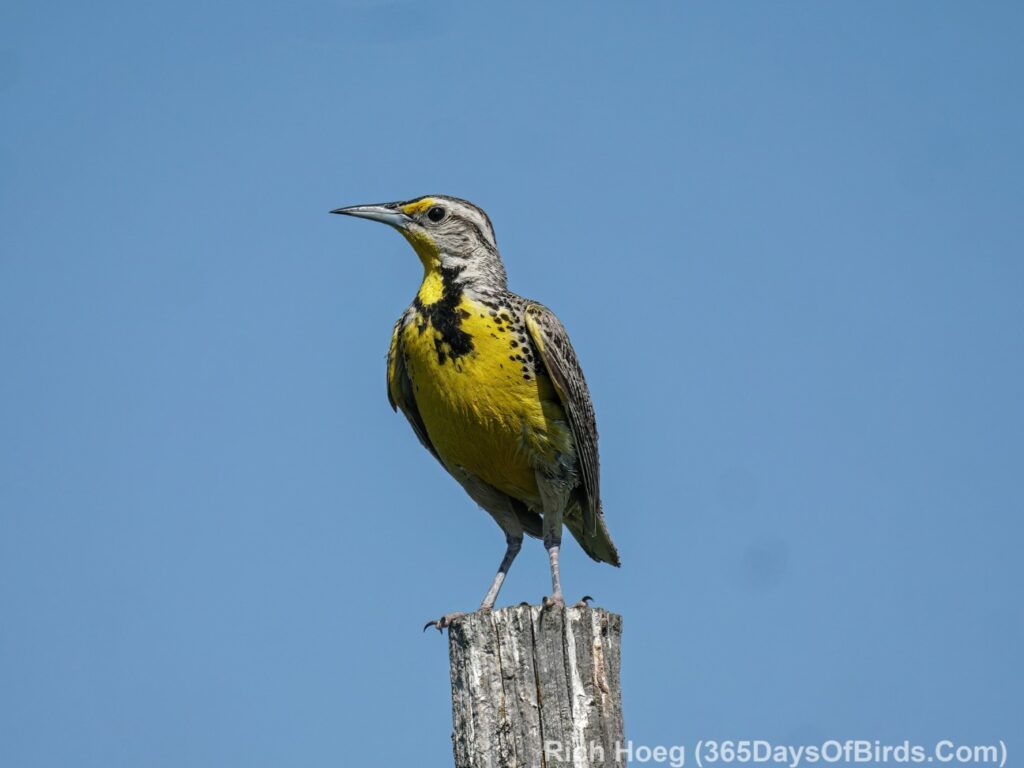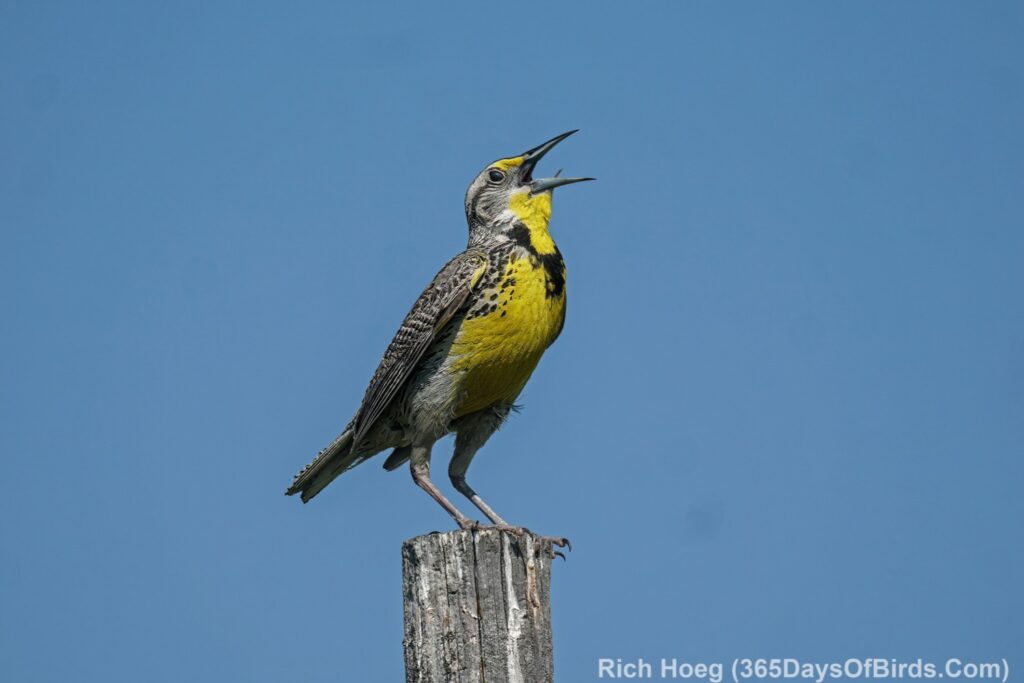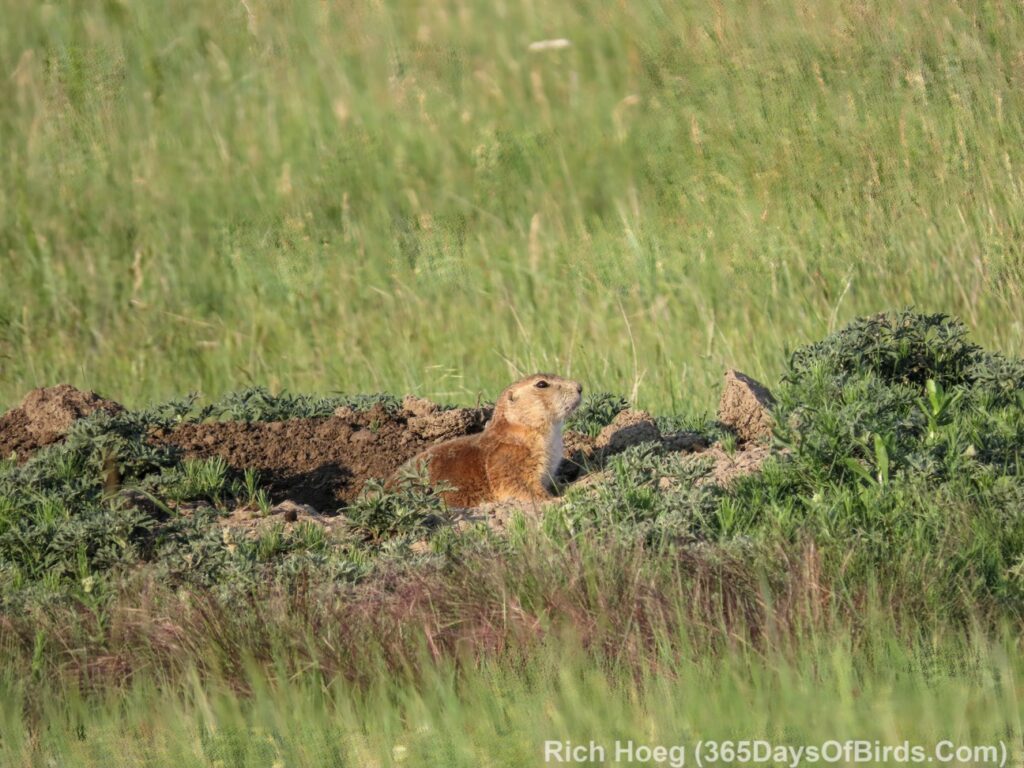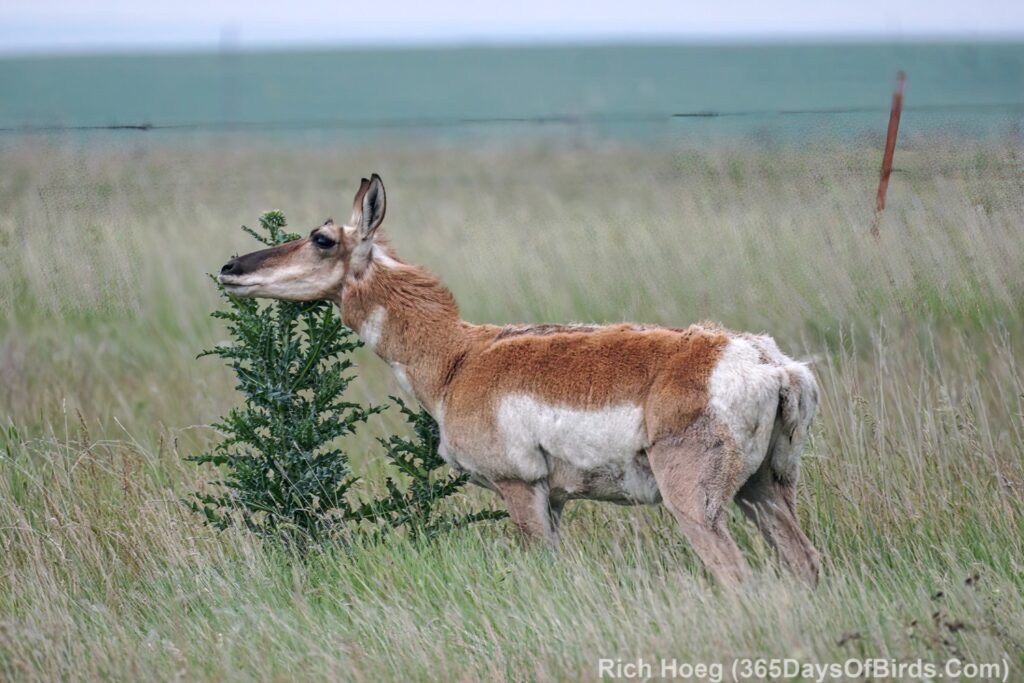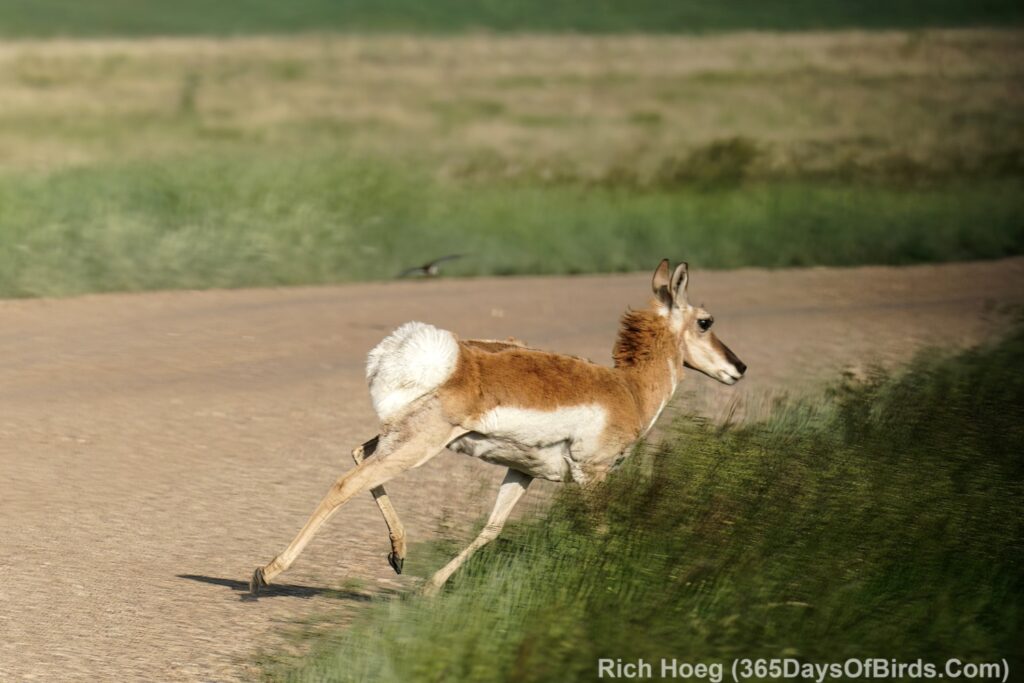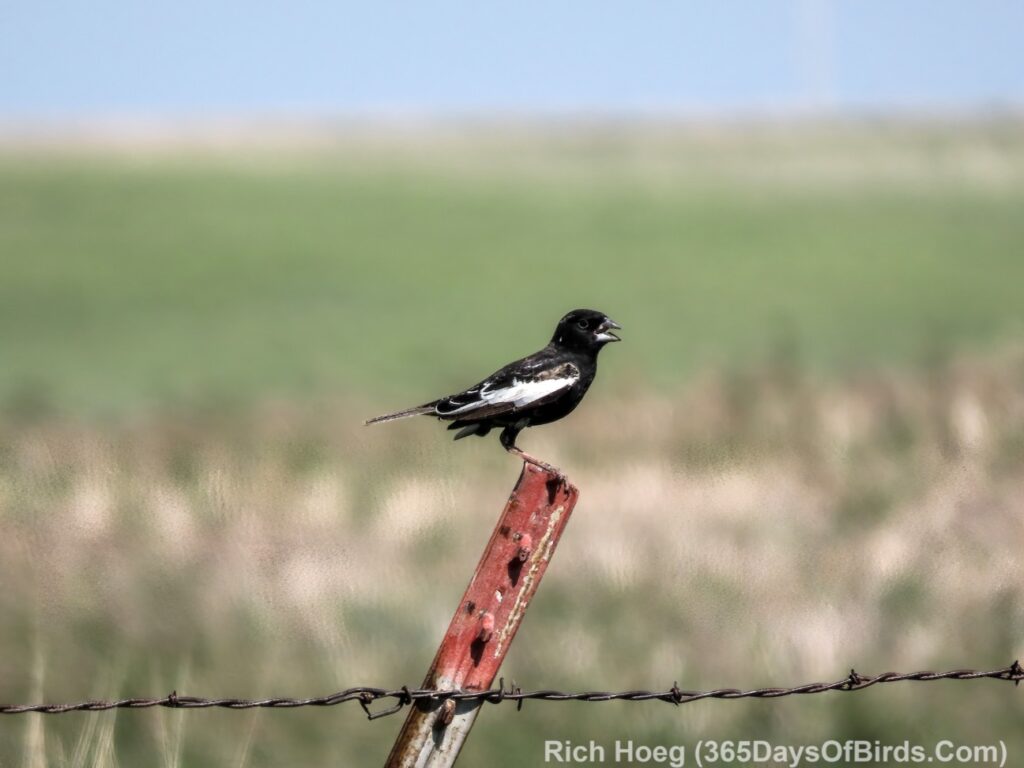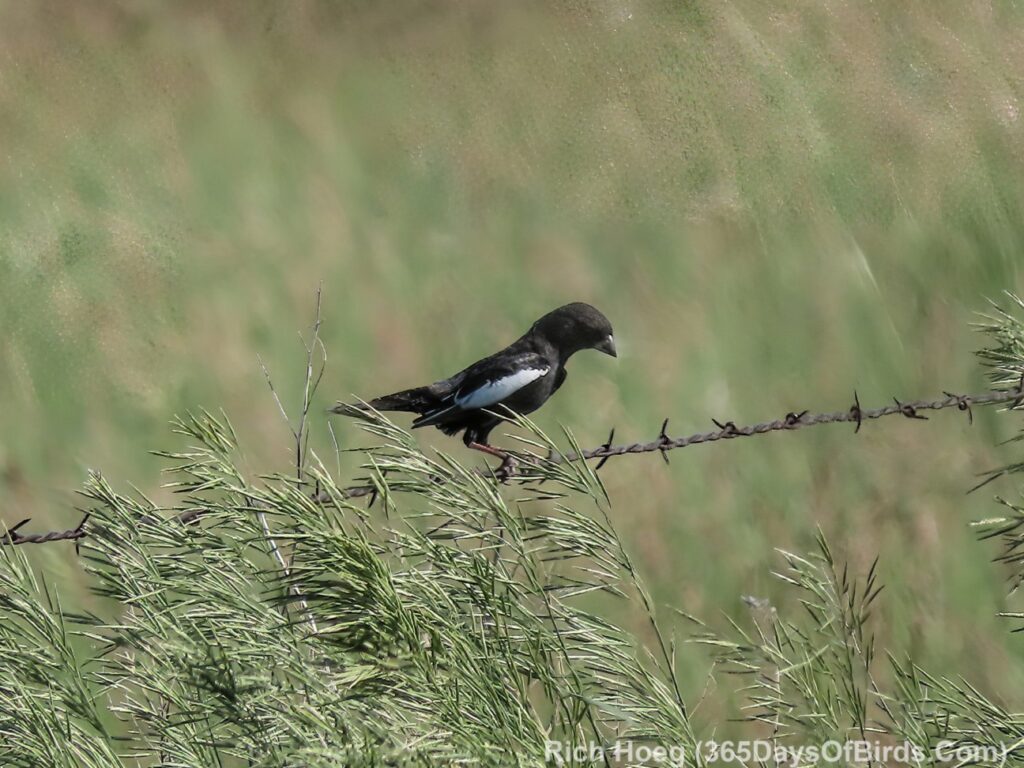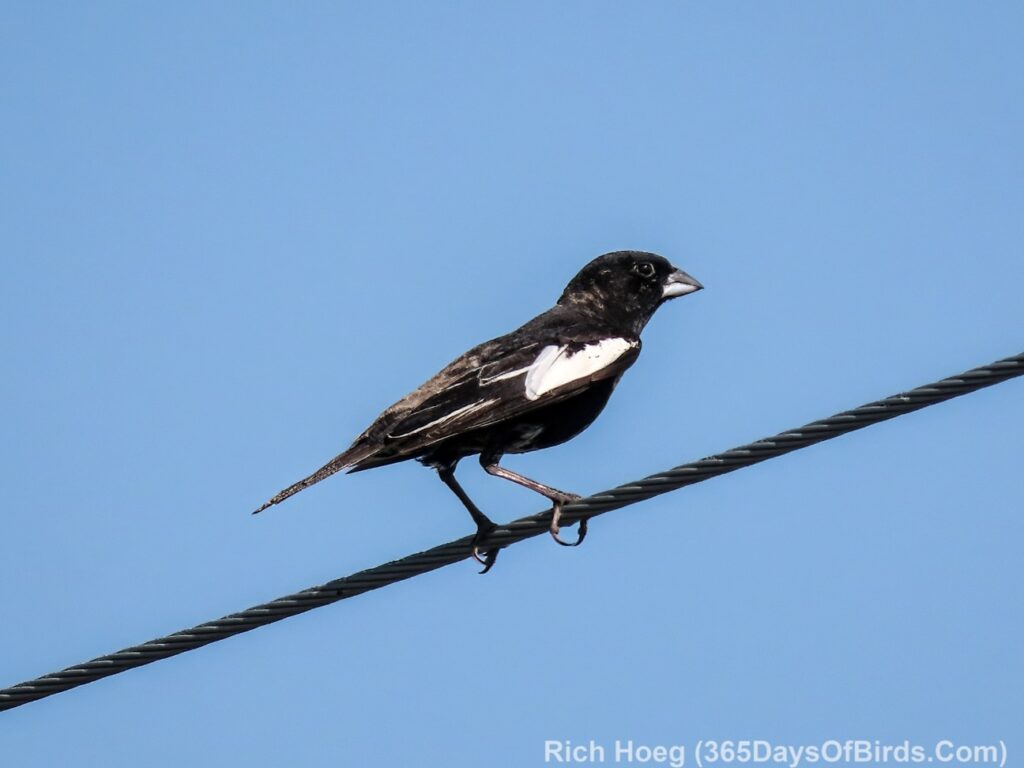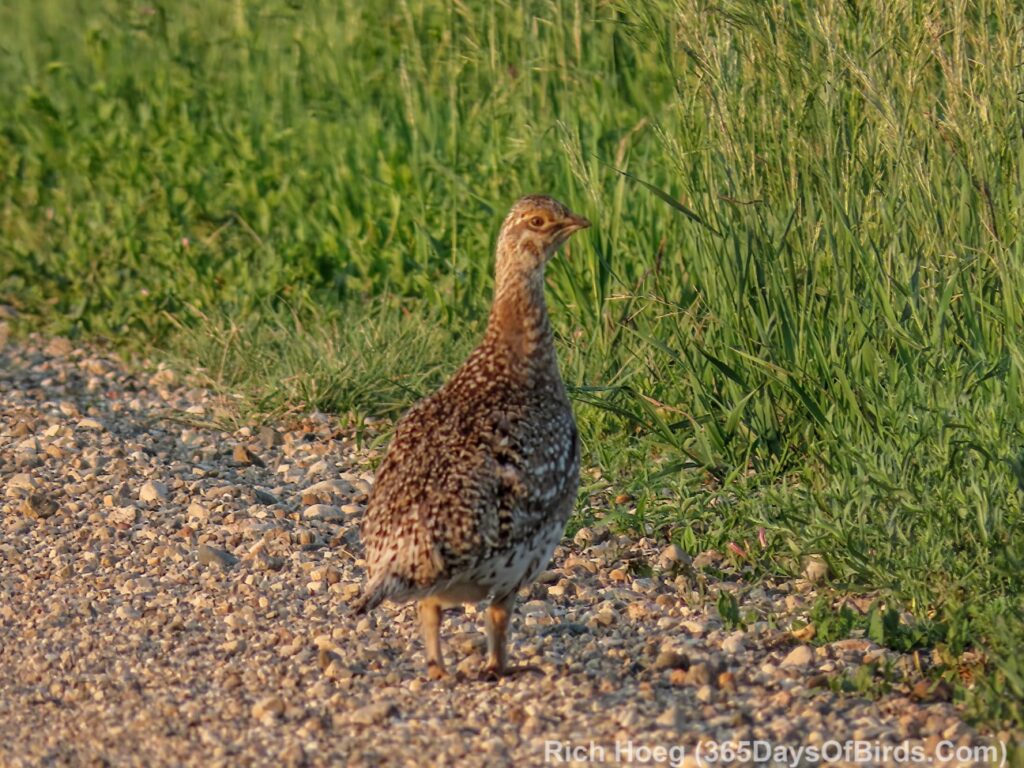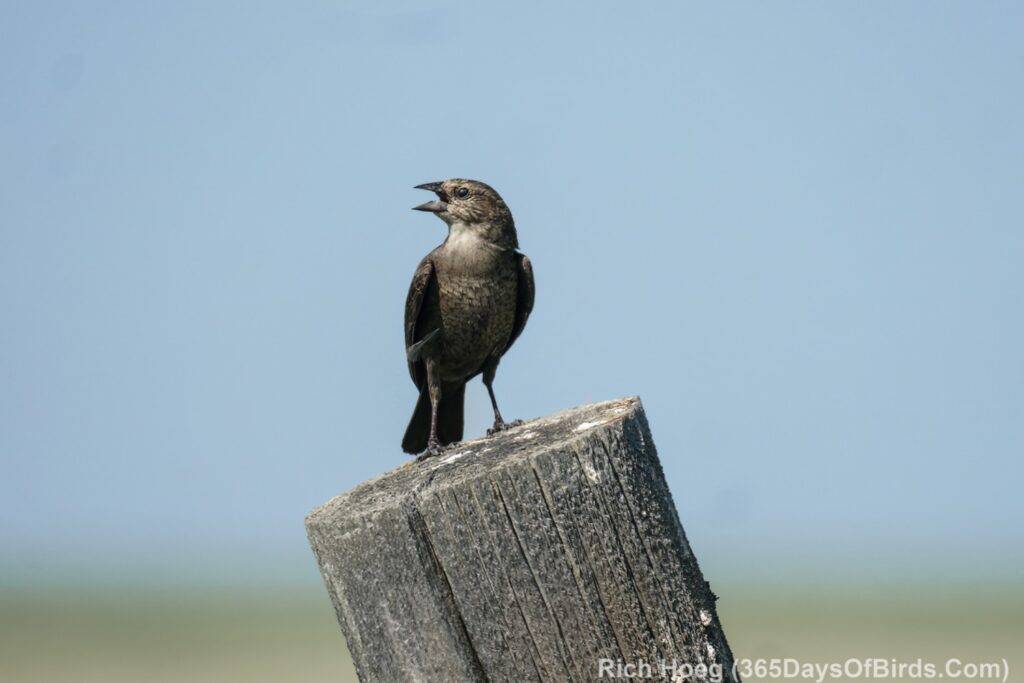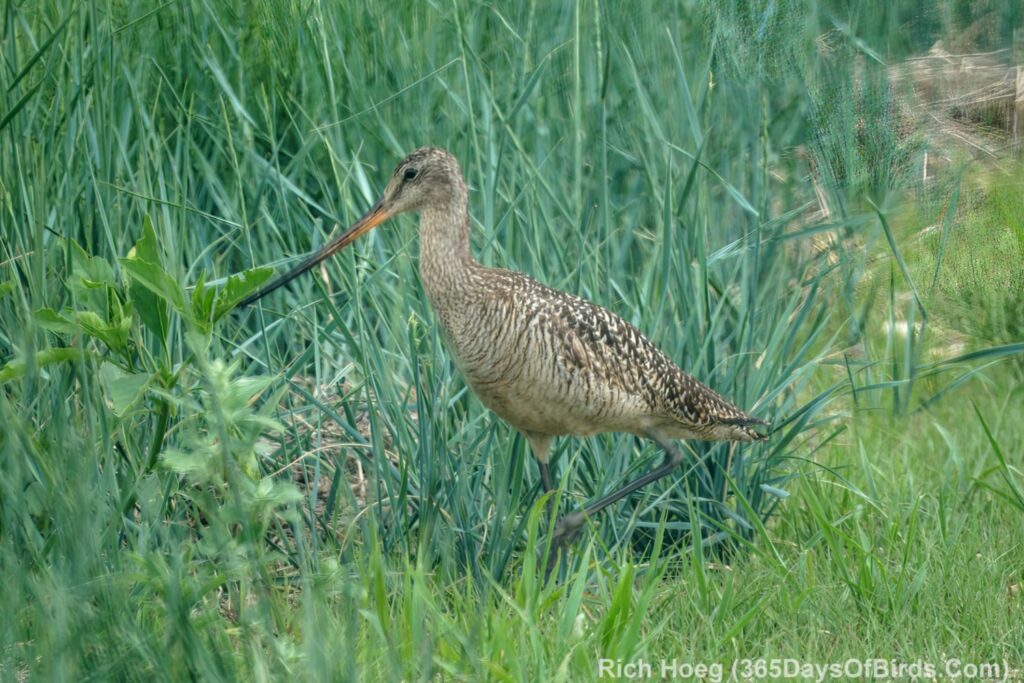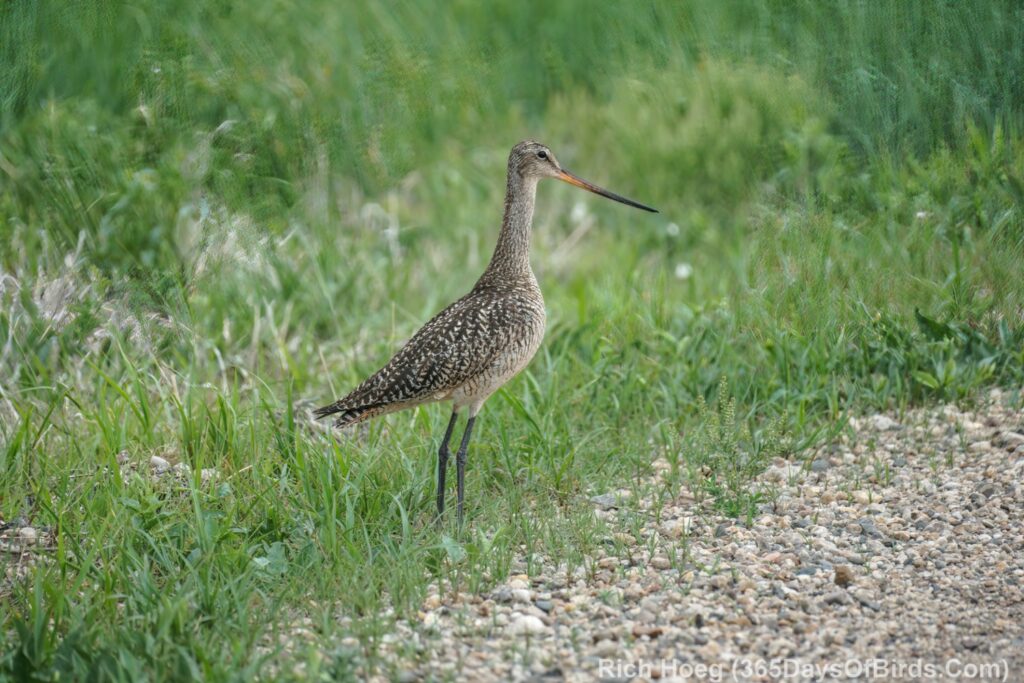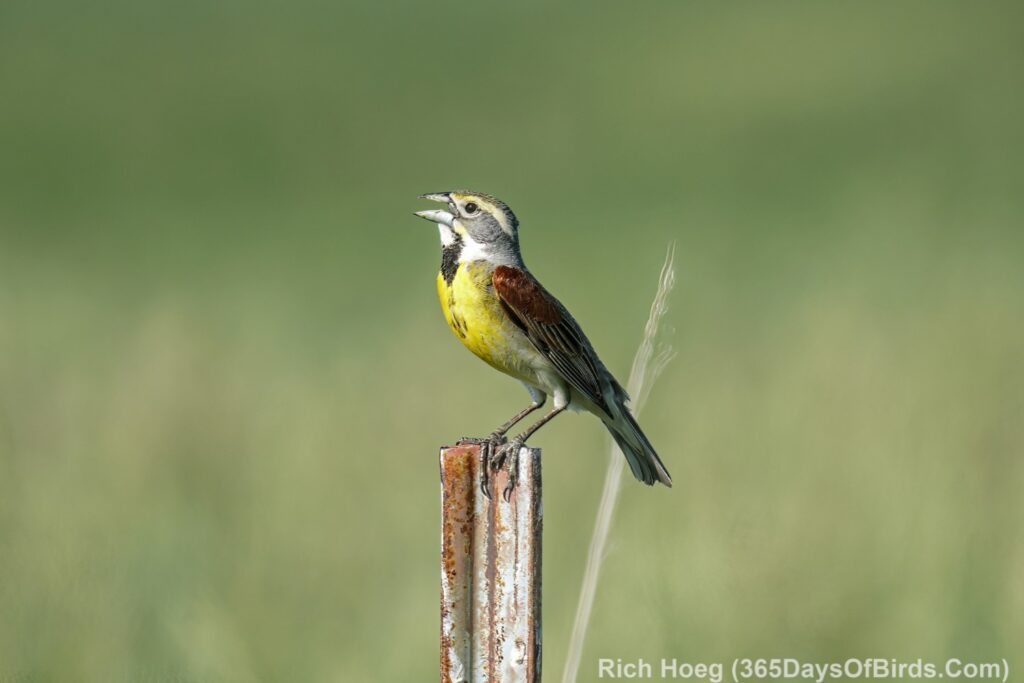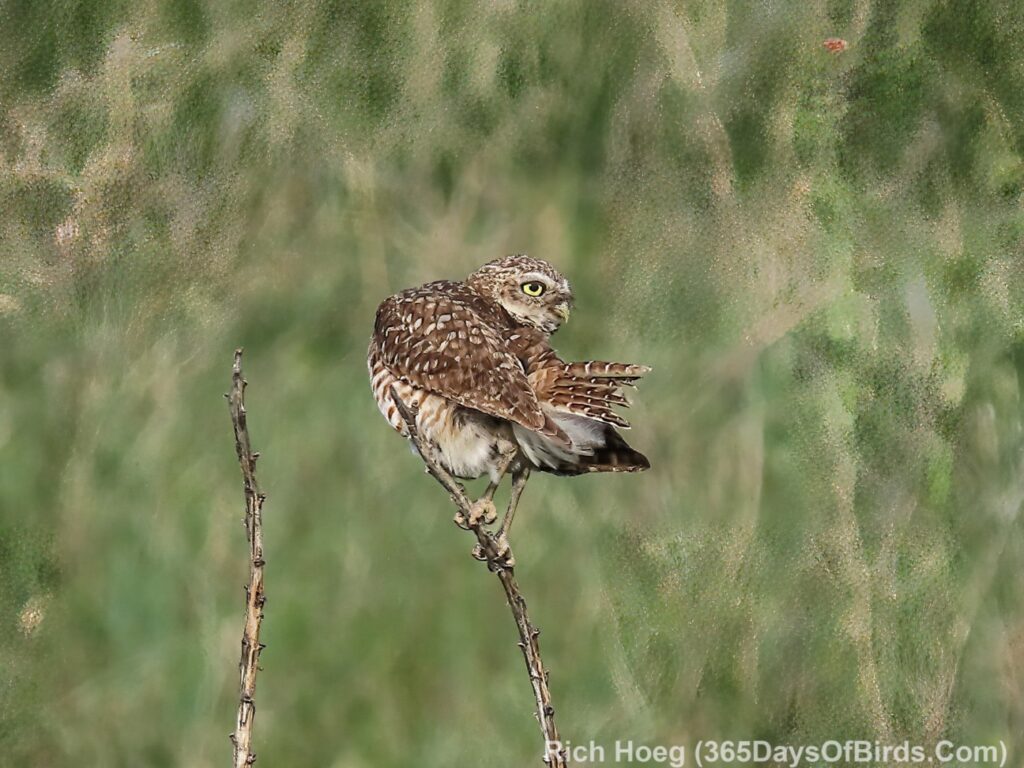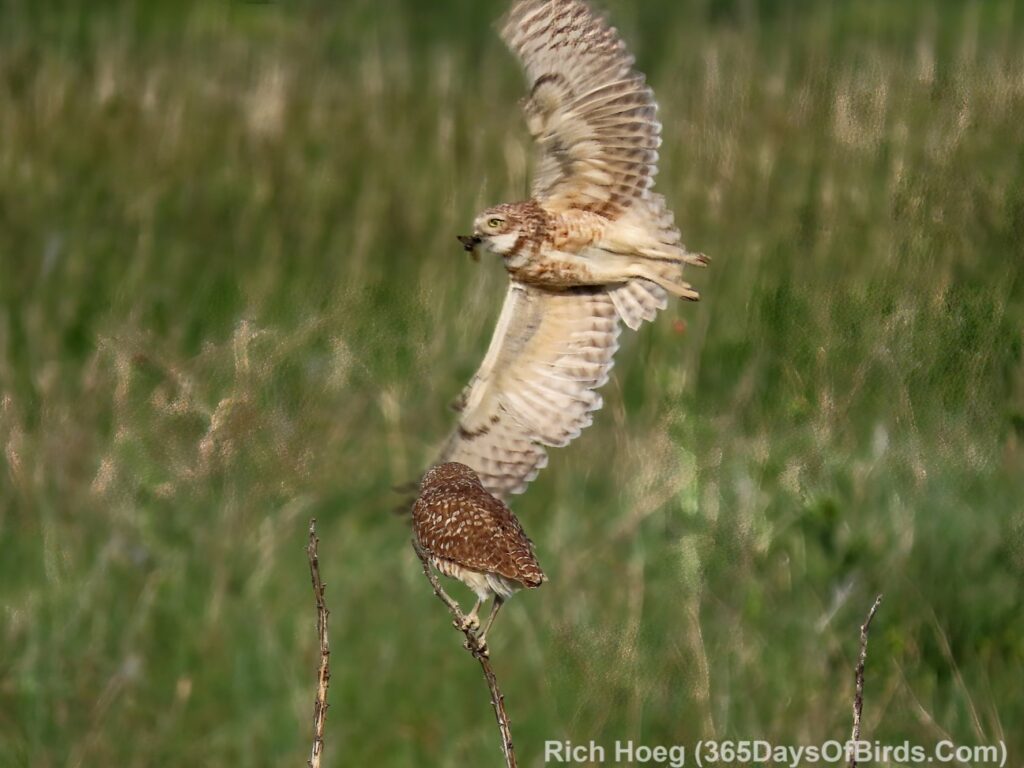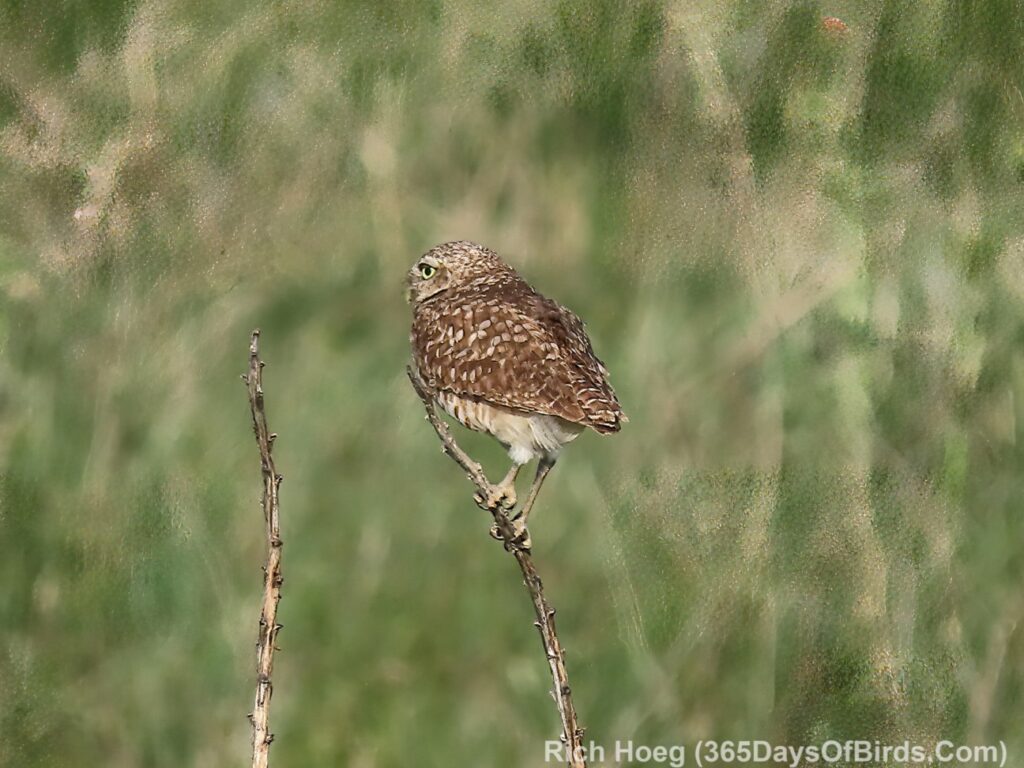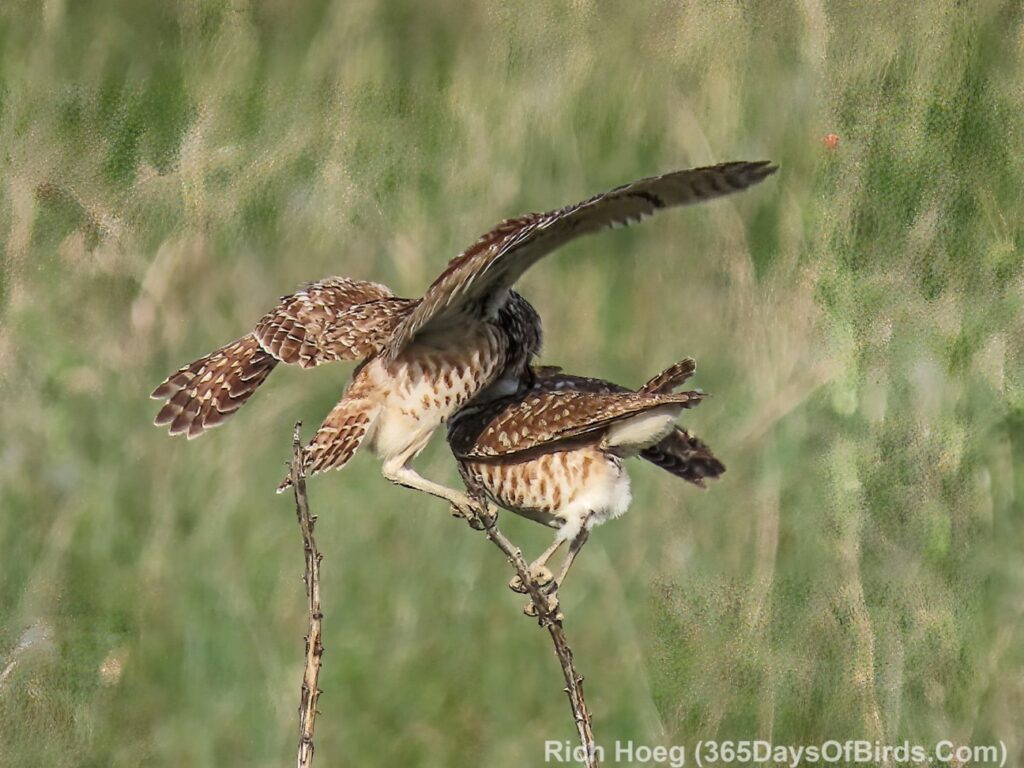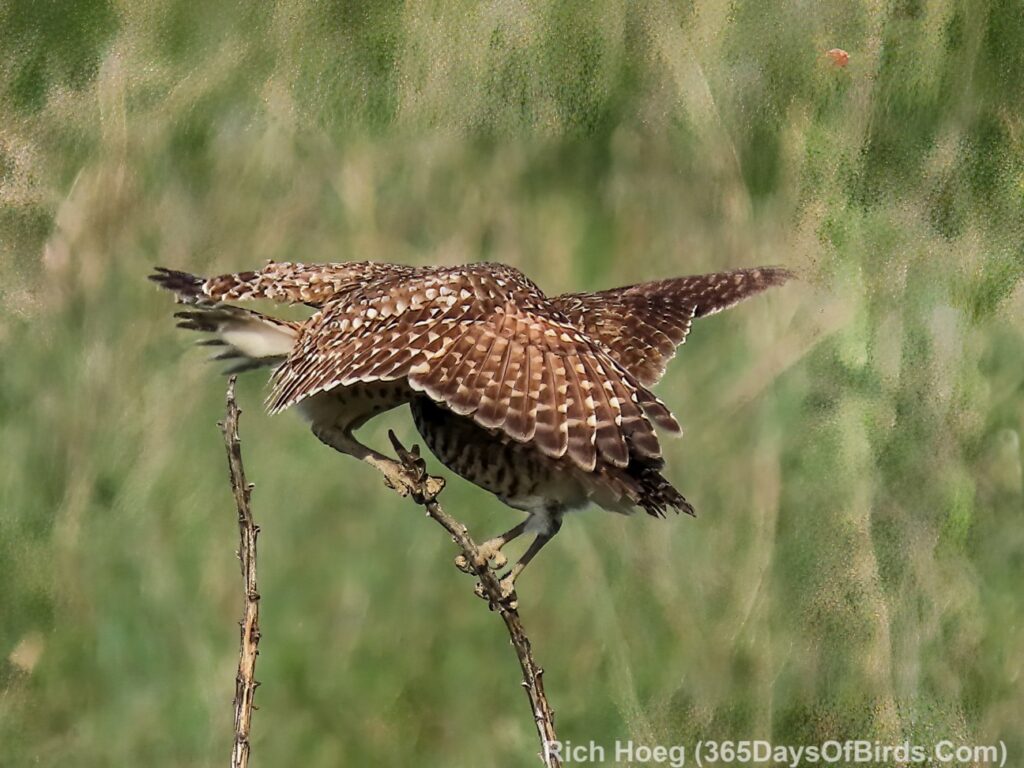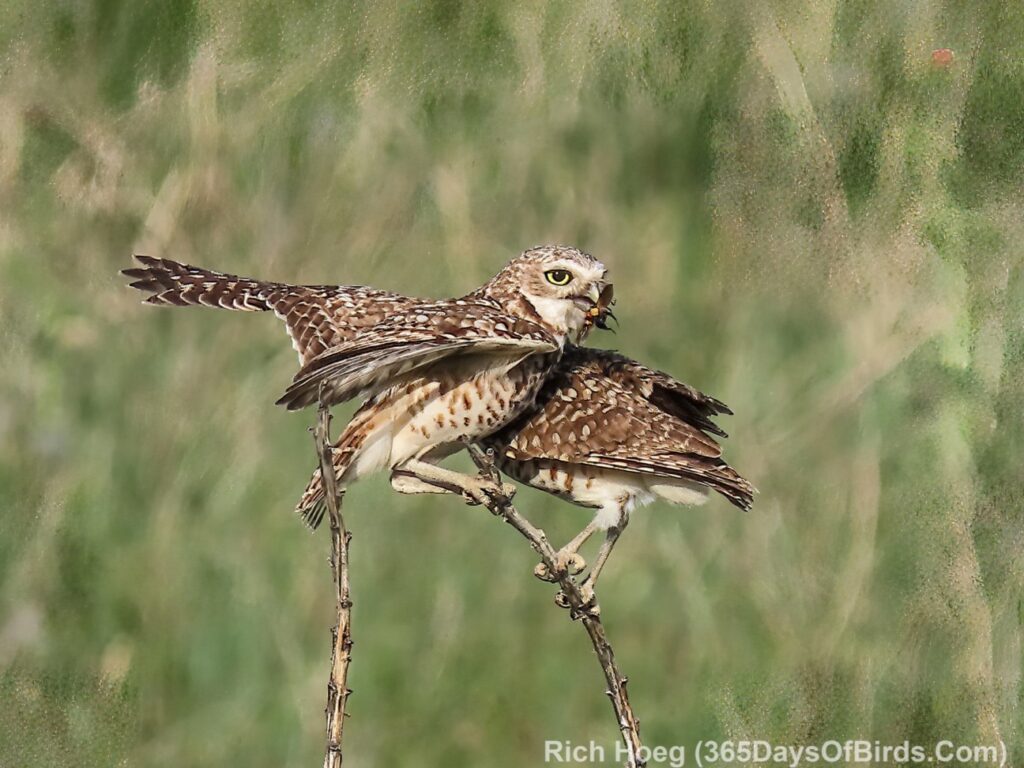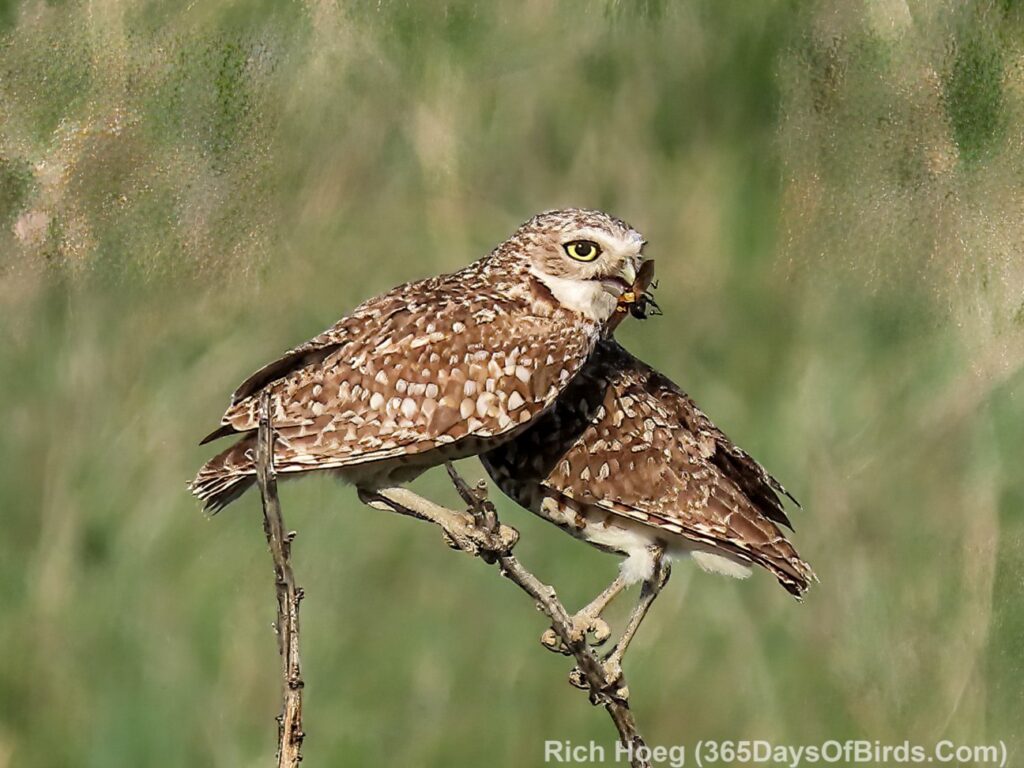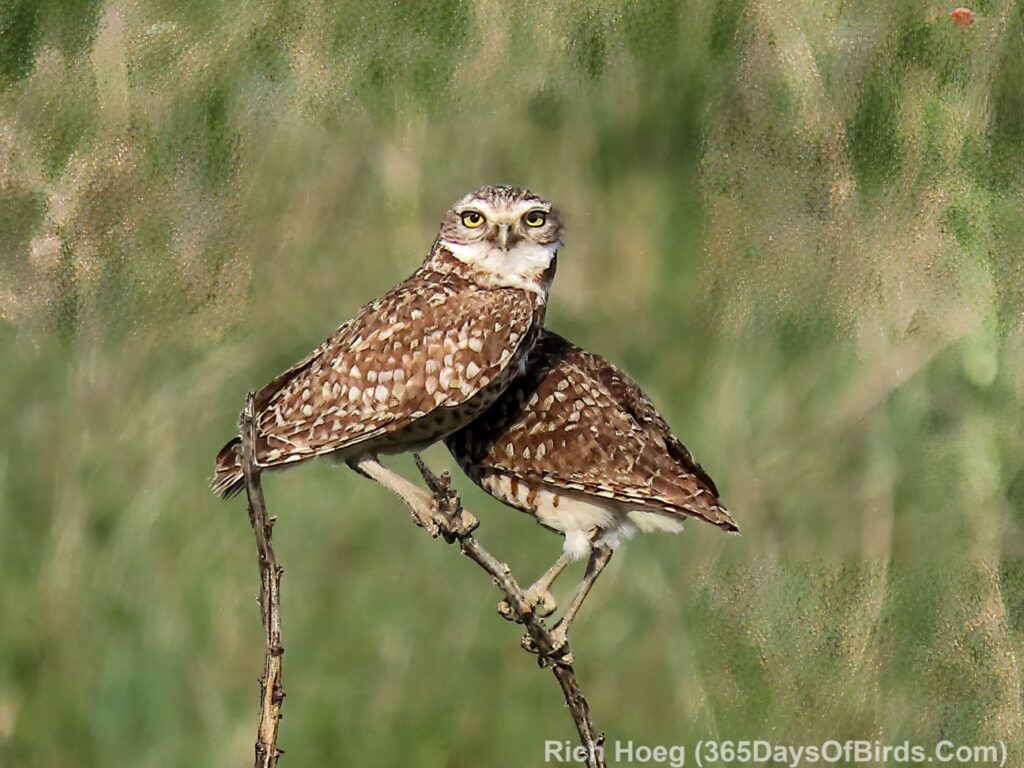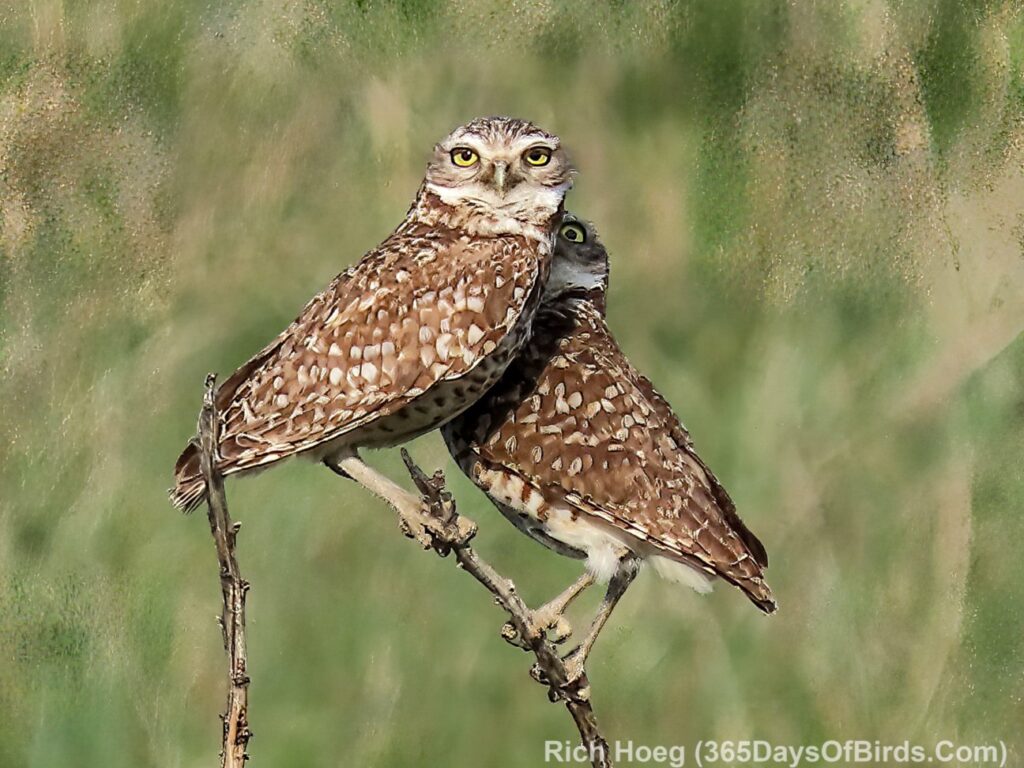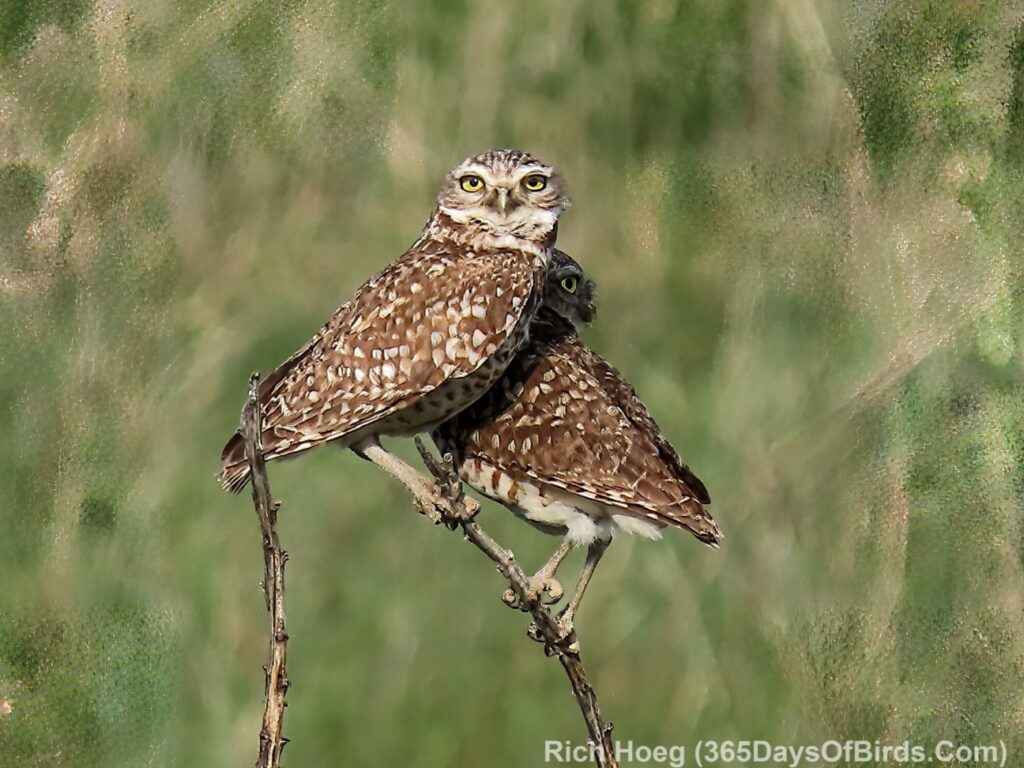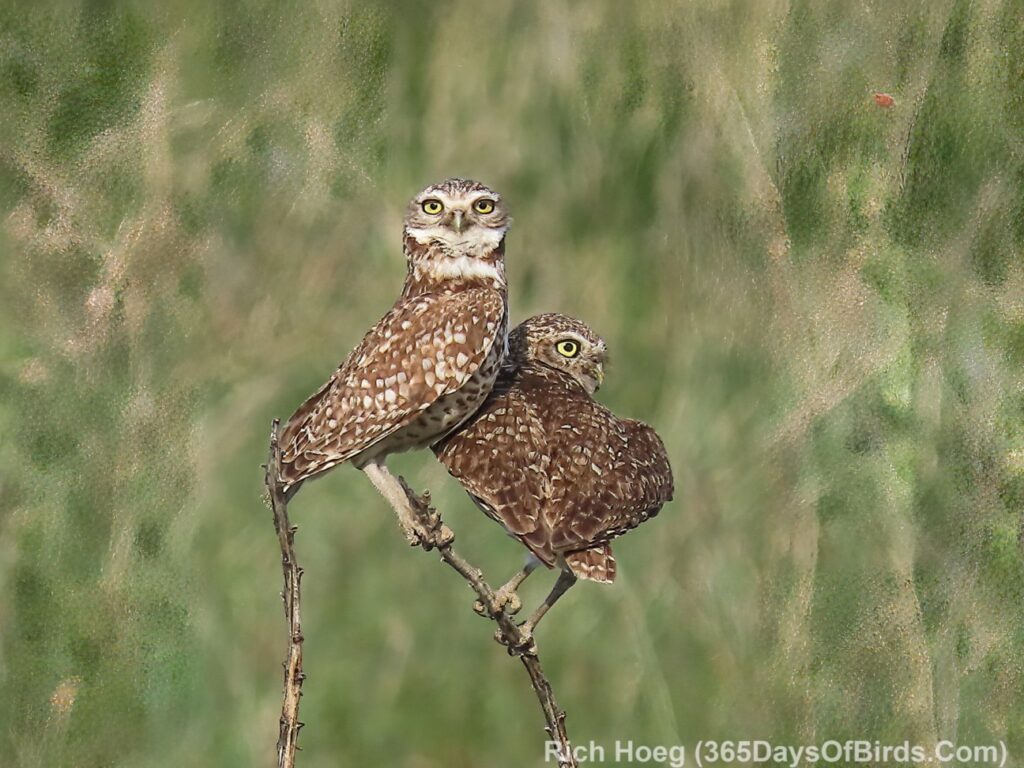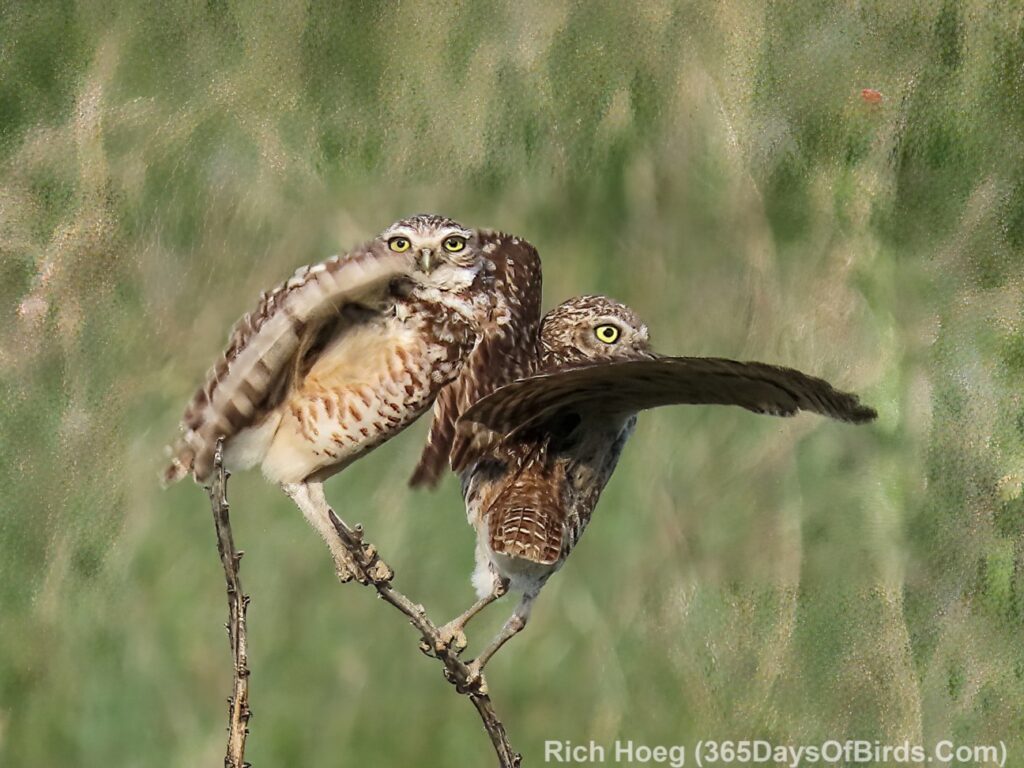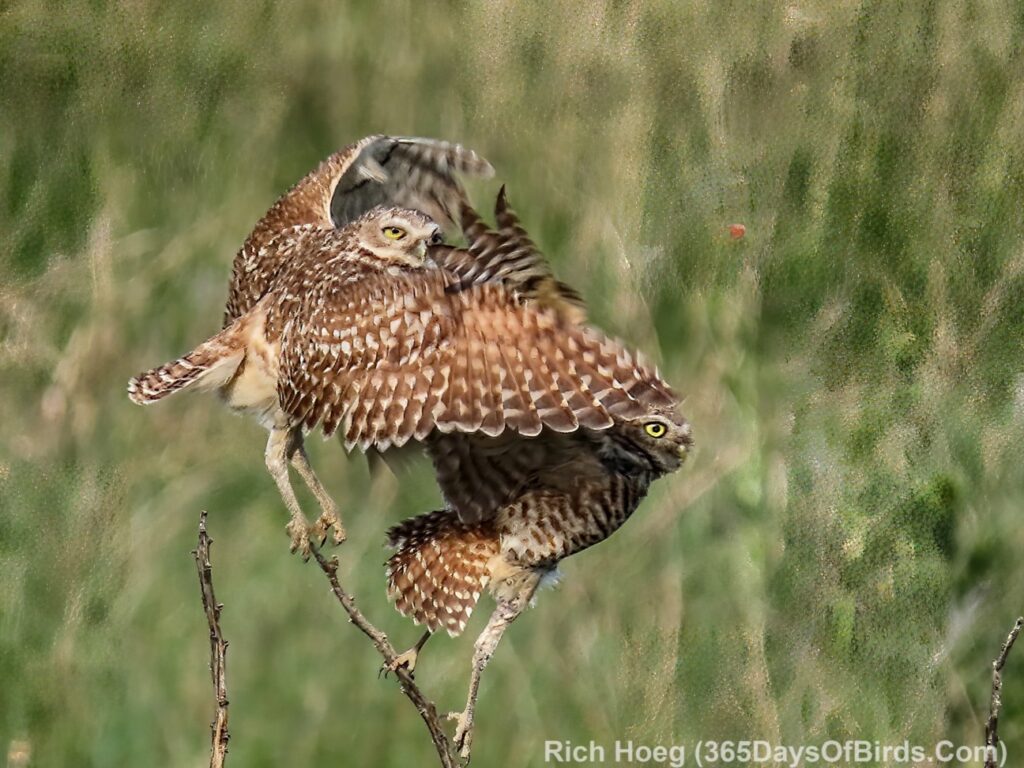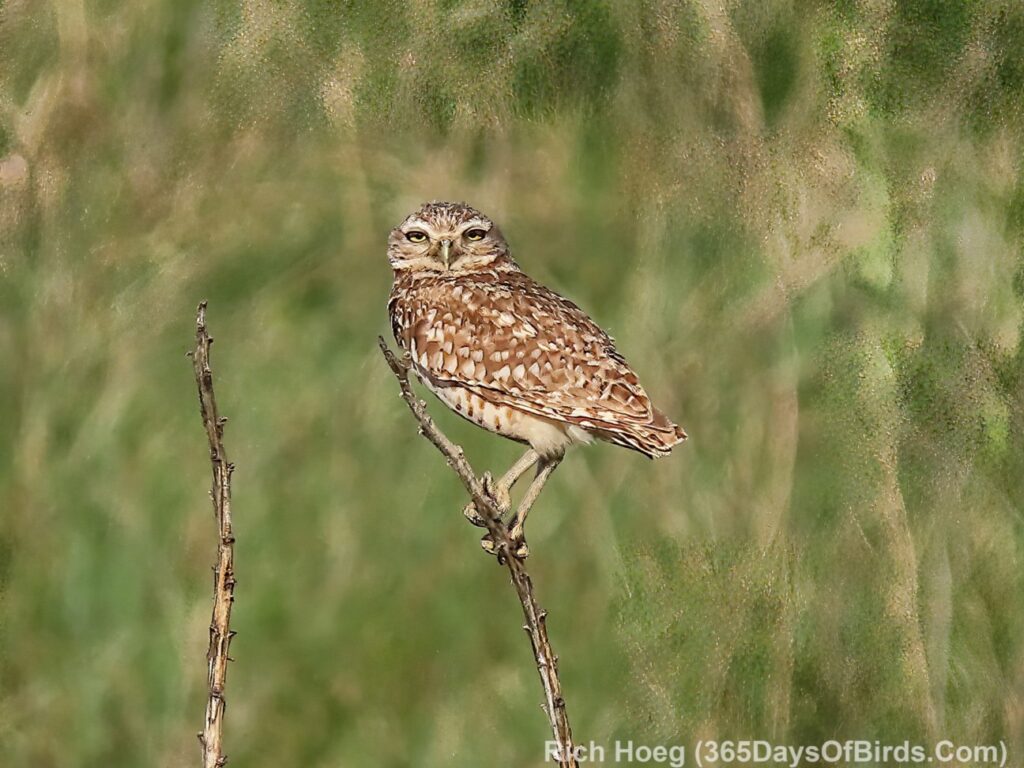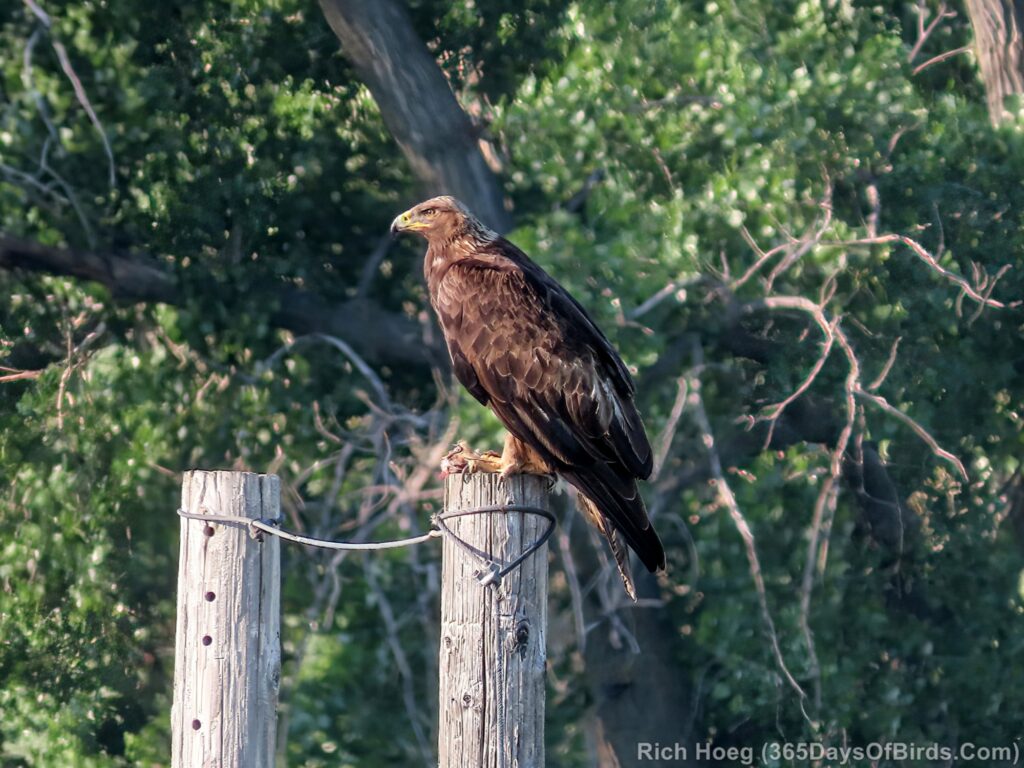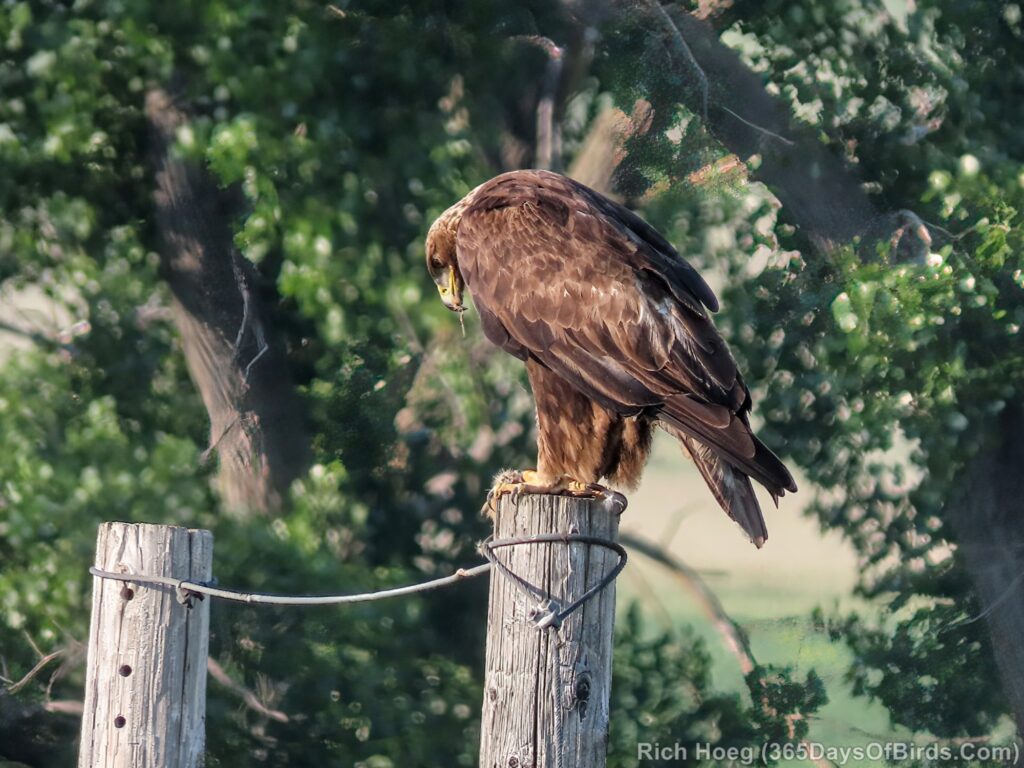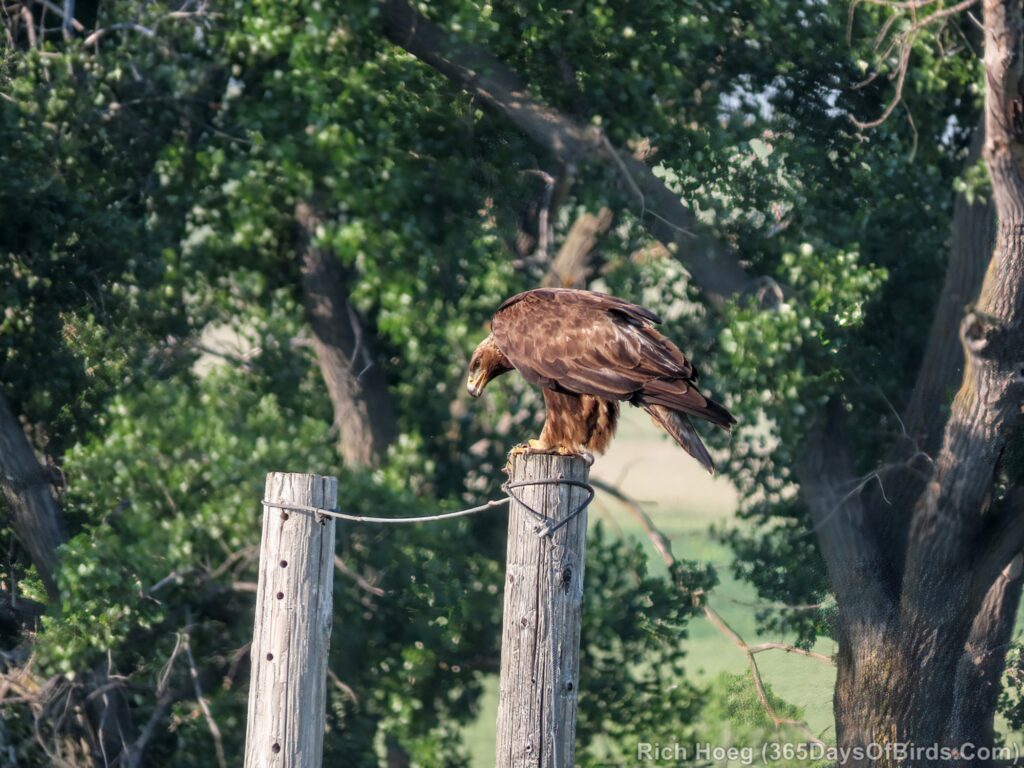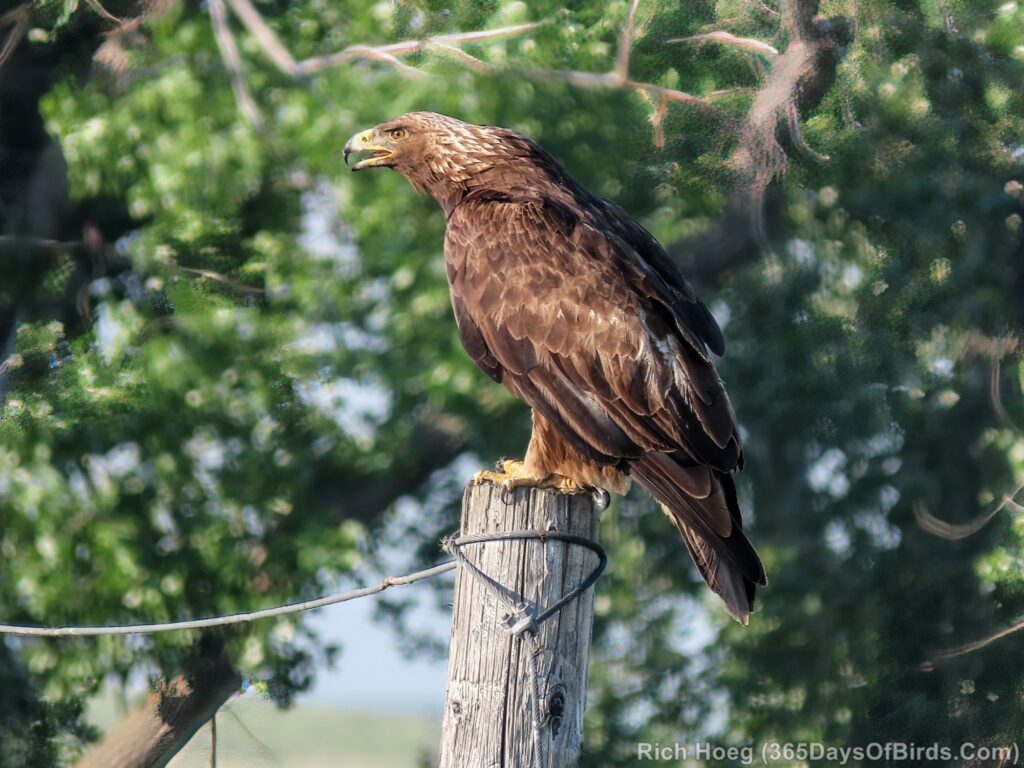All good thinks must come to an end, including my 3 day trip to the Fort Pierre National Grasslands, but I will return!!! This post has 3 “bird lifers”, amazing bird song, and even antelope! After all … the range … where the deer & antelope play! Listen to Roy Rodgers sing Home on the Range via Youtube!
Normally I do not repost a video, but my sunrise drive to a Prairie Dog Town with Meadow Larks singing every inch of the way needs to be combined with my Western Meadowlarks photos and video. Enjoy.
Sunrise Drive with Meadowlark Song (video link for email subscribers)
Western Meadowlark Singing its Heart Out (video link for email subscribers)
Western Meadowlark & Prairie Dog Images (same bird as in video)
Remember … find a Prairie Dog Town and you will likely also find Burrowing Owls. While a few owls may be perched outside their burrows throughout the day, in the evening all the Burrowing Owls will appear as the day creeps towards sunset.
Given my featuring Roy Rodgers and the song, Home on the Range, here are the Antelope … at sunrise and sunset.
And now some birding lifers for me! The most dramatic was the Lark Bunting (Cornell link) I saw the bunting my first evening while birding in the Grasslands, and thought it was both beautiful and dramatic, but I could not get in place for a photograph. Later that evening I googled the phrases “black grosbeak” and “black bunting”, and I struck gold with “black bunting”. Eventually I learned the Lark Buntings were most likely to come out of the grasses and sing by the roadside during the early evening. I was waiting!
Lark Bunting
Prairie Chicken (a kind of grouse)
Western Cowbird (I had just never before chosen to photograph a Cowbird. This bird has a well known trait of always laying its eggs in the nest of other species and relying upon that bird to raise its young.)
I’ll end this post with two birds … the Marbled Godwit and Dickcissels singing out at sunset. I had considered myself very lucky when two Marbled Godwits flew over from a distant wetlands and landed on the road right in front of me. Through research later I learned that Godwits nest in grasses distant from the wetlands where they feed, and apparently I had inadvertently started birding near their hidden nest. The godwits were most definitely not pleased with me. I exited the scene. Sorry.
And many Dickcissels were singing out at the side of the last dirt road as I finished my evening birding Wednesday. This was a great way to end a fantastic trip.
